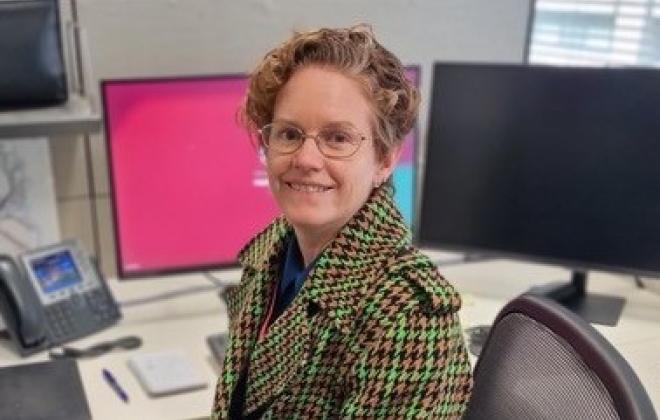Manager Telecommunications Systems Engineering, Queensland Rail
Background: Telecommunications Engineer
"I became a railway worker when I joined Queensland Rail as an engineering graduate. Now, I’m a manager, with 25 employees in the team. I love the variety of my role. I like the fact that you aren’t shoehorned into one place.
I grew up in Caloundra, on the Sunshine Coast, where my father worked as a photographer. Away from work, he often tinkered in his shed. He made buzzers, wired up resistors, and set up lighting systems.
I sometimes joined my father, and realised that I, too, liked solving problems in the shed. It seemed quite natural that I went into engineering. I’ve always found it quite creative.
In my early days with QR, I worked in various parts of Queensland. At Cloncurry, on the Mt Isa Line, I loved the red earth and I thought the country was so rugged. It was so different to the Sunshine Coast, where I grew up. I especially loved the colourful sunsets.
At various stages, I was part of teams that provided radio links and optical fibre to connect 250 sites across Queensland. Mostly, I’ve worked on systems around Brisbane. I’m proud of my role in helping 30 million passengers a year arrive safely at their destinations in South East Queensland.
Now, I’m studying for an MBA, and QR are providing study assistance.
There are two incidents that highlight my pride in making sure Queensland’s trains keep moving. Both tell a story about the particular nature of working in the tropics.
In 2006 Cyclone Larry was declared the biggest storm in Queensland’s history when it crossed the coastline at winds of 240 kilometres an hour near Innisfail. About 10,000 residents were moved from their homes and 80 per cent of the banana crop was destroyed.
At Deeral, on the North Coast Line between Townsville and Cairns, the cyclone flattened the communications tower. The communications team set up a trailer with a temporary mast, and we installed a generator. Both measures meant railway workers could communicate by voice, which meant that trains could do their job and keep the goods flowing.
At Goodna, on the outskirts of Brisbane, severe floods tore through the station’s equipment room in 2011. The communications team had to re-establish contact by configuring the network to go around the station. Only then could the trains start running again.
The site of Goodna’s station is such a flood-prone area. In the end, we had to rebuild the station’s equipment room about seven metres above ground. The ladders are quite extensive. It looks like a spaceship!"
Find out more about how to become a System Engineer by checking out our training pathways pages.

